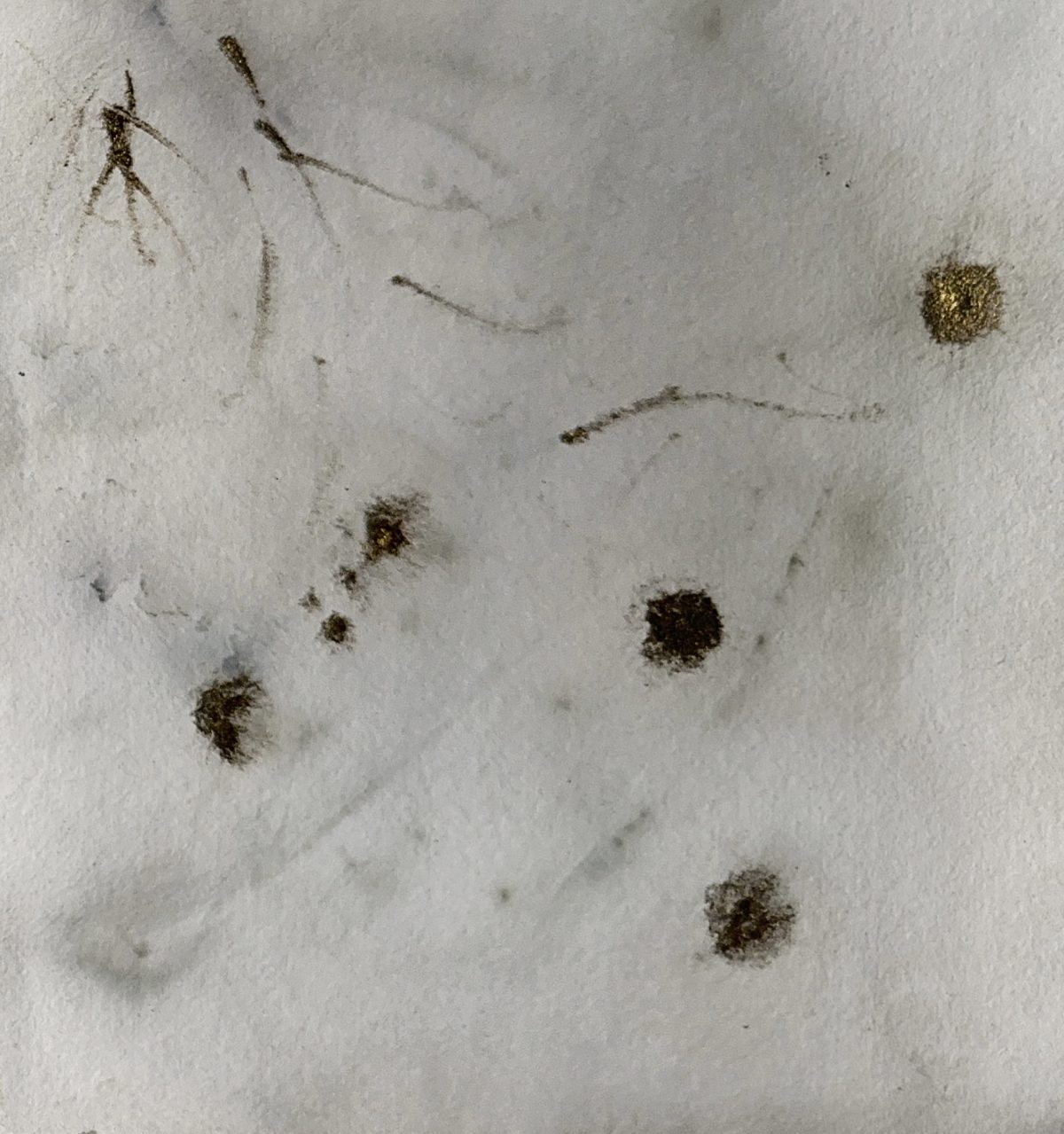Counsellor, psychotherapist and supervisor Claire Wirsig invites readers inside some of the thought processes that a network and community of therapists (focused on neurodivergence) must also consider.
(5 minute read)
This blog post has been inspired by my deep care for people and reflecting on the many ways in which we can be “othered”. I also take inspiration from Eugene Ellis’ book The Race Conversation (2021), as well as other authors. I’m hoping to begin a useful “race conversation” within Attention Allies, and perhaps, beyond.
As therapists, we do a lot of reflecting on identity. The therapists within Attention Allies (myself included) support clients who have ADHD. We facilitate our clients to understand ADHD as a neurotype that lends itself to certain experiences, as well as supporting our clients to explore their own unique and individual identities within ADHD. The way ADHD presents and feels for one person will be entirely different for someone else.
Prior to doing this work with clients, we will have gone through our own respective therapy trainings and personal therapy, and reflected on our own identities. For me, a large part of these reflections had been about my gender and my culture. Even with all of this introspection, some pieces of the puzzle remained hidden. I remember with crystal clarity the moment it dawned on me: Never do I ever feel white. This is white privilege.
Anti-racist activist Peggy McIntosh’s famous article “White Privilege” (1989) describes white privilege as “an invisible package of unearned assets that I can count on cashing in each day, but about which I was ‘meant’ to remain oblivious”. McIntosh goes on to list 26 of these unearned assets. I’m sure there are many more.
In my journey to better understanding white privilege, I read Reni Eddo-Lodge’s book Why I’m No Longer Talking to White People About Race (2018). In this book, Eddo-Lodge states: “Racism’s legacy … brings with it not just a disempowerment for those affected by it, but an empowerment for those who are not. That is white privilege. Racism bolsters white people’s life chances … it is designed to maintain a quiet dominance.”
Alongside examining my own experience of white privilege and reflections on how it affects my therapeutic work, I am curious about the subject of racism within the field of therapy, and how it shows up in different spaces. But before we delve into the matter further, let’s pause for a moment to think about how we engage with this subject.
Bringing up the subject of race/racism can give rise to strong bodily sensations and/or feelings. Some responses might include noticing an increased heartbeat, feeling defensive or shutting down. Ellis (2021) calls this phenomenon “race construct arousal”. In The Race Conversation, he explains that “when race is the focus, dissociation, confusion, anger and blame are the central experiences, along with dysregulation … and feeling psychologically unsafe”.
Ellis invites the reader to “be with” this arousal without “being” the arousal. “It involves staying at the contact boundary of our discomfort and, at the same time, compassionately meeting our implicit responses and biases.” I invite you, reader, to notice what you’re feeling now having read this far, and I invite you to stay at the contact boundary of what responses are aroused in you as you read this article.
On the homepage of our website it reads: “Attention Allies. Therapists for ADHD in Bristol”. Scrolling down, we have a group picture of what appears to be nine white-skinned faces (of which I am one). In relation to this image, I wonder whether Attention Allies is unconsciously bolstering the chances of therapeutic support for white people with ADHD and, as a consequence, neglecting and/or disempowering people of colour with ADHD?
Of course, Attention Allies is not alone in being a predominantly white therapy organisation. The therapy profession itself is aware of whiteness in the mental health professions. An online search revealed that 80% of NHS talking therapy staff are white and female (AI overview, 2024). According to the HCPC survey (Kanceljak and Calia), “90% of registered practitioner psychologists in the UK identify as White, followed by 4.3% Asian, 1.7% Black and 3.6% Other”.
During our last meeting of the Attention Allies, I had a discussion with some colleagues about whiteness in our group. We asked a number of questions of ourselves including inquiring if we were colluding with white privilege and if we were consciously or unconsciously sending out any messages the we are only here to support white people with ADHD. Are these experiences being seen and heard? Does our group seem like a community where those intersectional experiences can be seen and heard?
I don’t know and I can’t know the answers to these questions. But I feel strongly that we need to be asking questions like these – in our group, in the therapy profession, and as people living in this world.
Although this discussion will be ongoing, I will end this piece with another quotation from Eddo-Lodge:
Anti-racist work … needs to be led by the people at the sharp end of injustice. But I also believe that white people who recognise racism have an incredibly important part to play … Support looks like white advocacy for anti-racist causes in all-white spaces. White people, you need to talk to other white about race. Yes, you may be written off as a radical, but you have much less to lose (2018, pp.215–216).
References
AI overview on Google. Accessed 30 October 2024.
Eddo-Lodge, Reni. 2018. Why I’m No Longer Talking to White People About Race.
Ellis, Eugene. 2021. The Race Conversation: An Essential Guide to Creating Life-Changing Dialogue.
Kanceljak, Dan and Clara Calia. No date. “Diversity and Inclusion in UK Psychology: A Nationwide Survey”, The British Psychological Society. Accessed 30 October 2024: https://explore.bps.org.uk/content/bpscpf/1/369/15#:~:text=According%20to%20the%20HCPC%20survey,Black%20and%206.7%25%20as%20others
McIntosh, Peggy. 1989. “White Privilege: The Invisible Knapsack”, Peace and Freedom, July/August, 10–12. Accessed: www.nationalseedproject.org/key-seed-texts/white-privilege-unpacking-the-invisible-knapsack
Click the links if you’d like to visit Claire’s therapy website or her directory entry on Attention Allies.
Published 6 December 2024
All rights reserved © Copyright Claire Wirsig 2024. Unauthorised use and/or duplication of this material without express and written permission from the author of this post is strictly prohibited. Author contact via website Contact page.
Website version and image © Copyright Attention Allies 2024.









